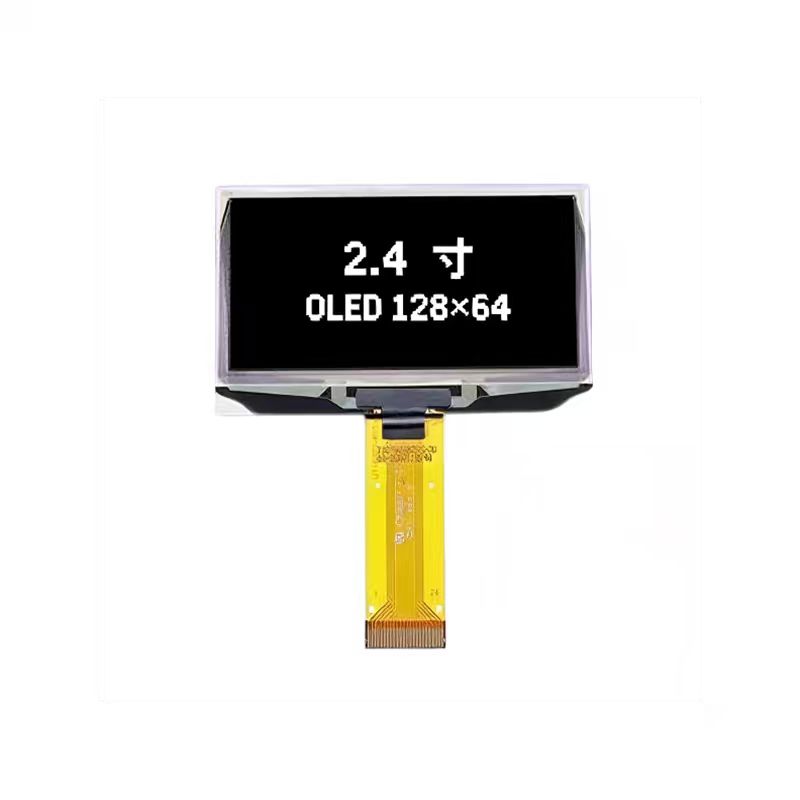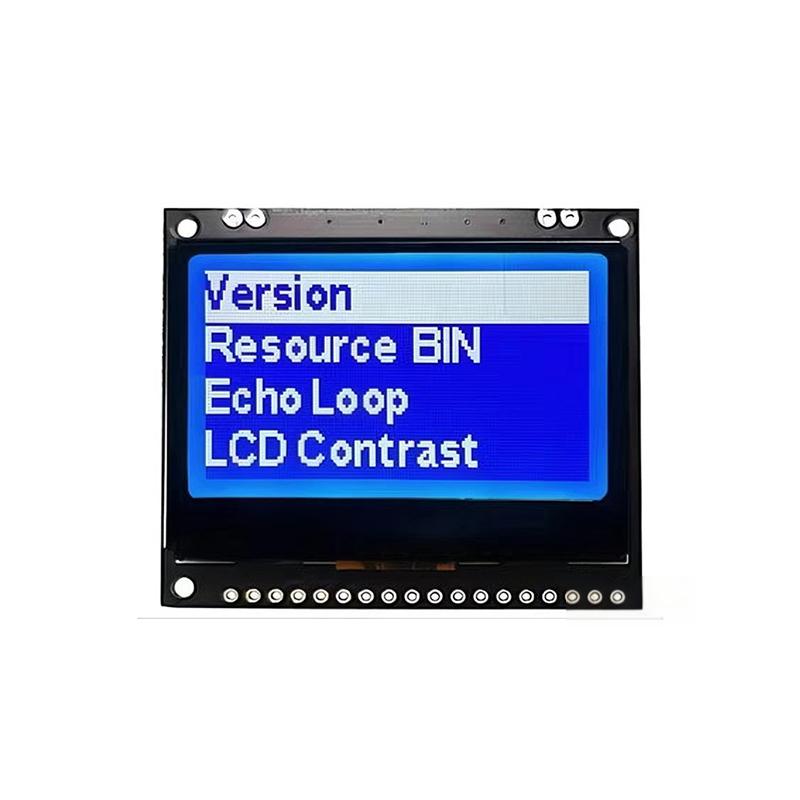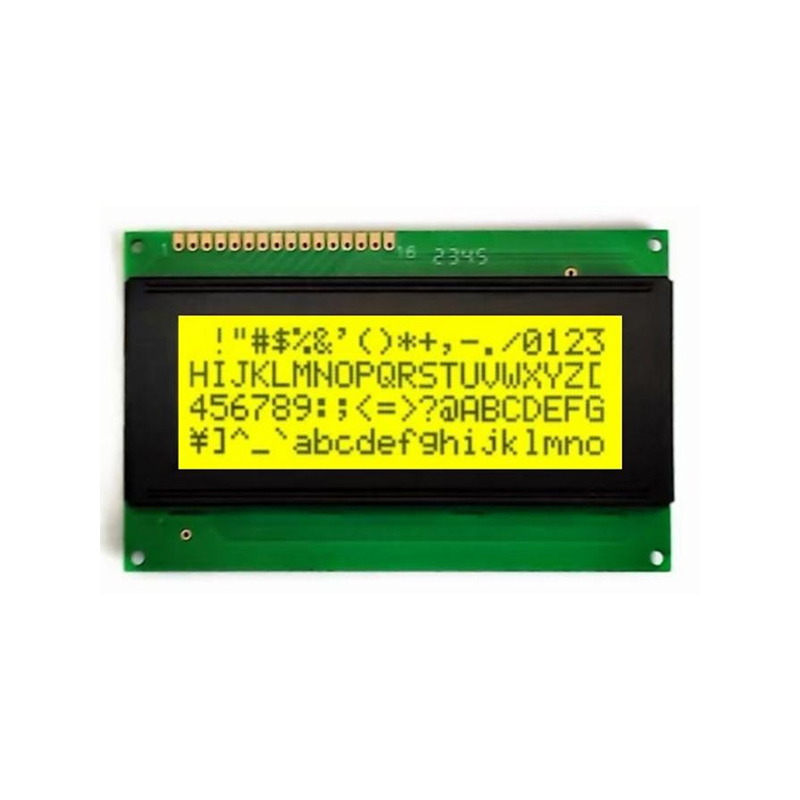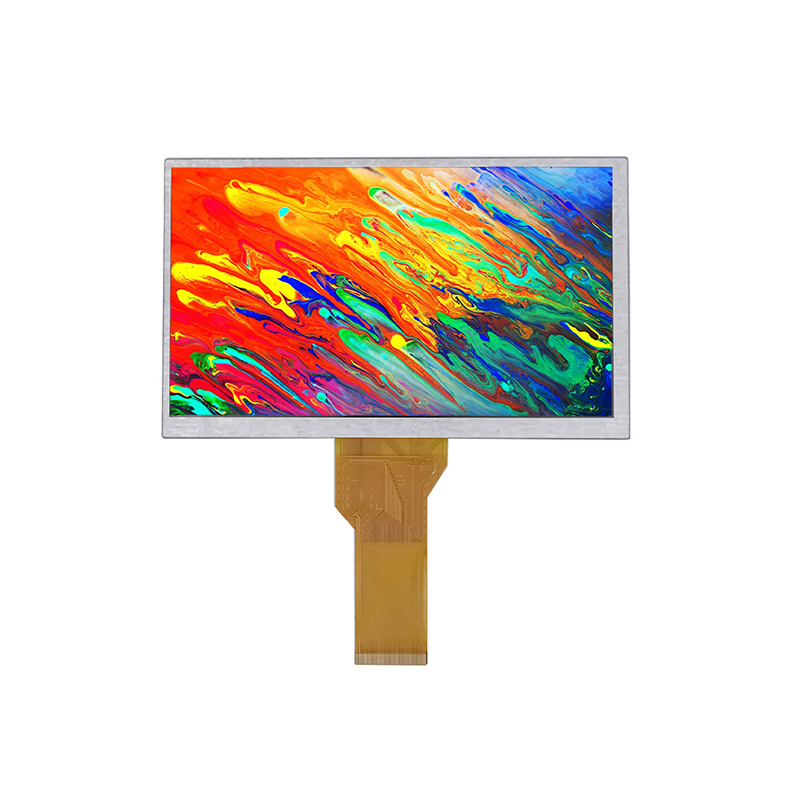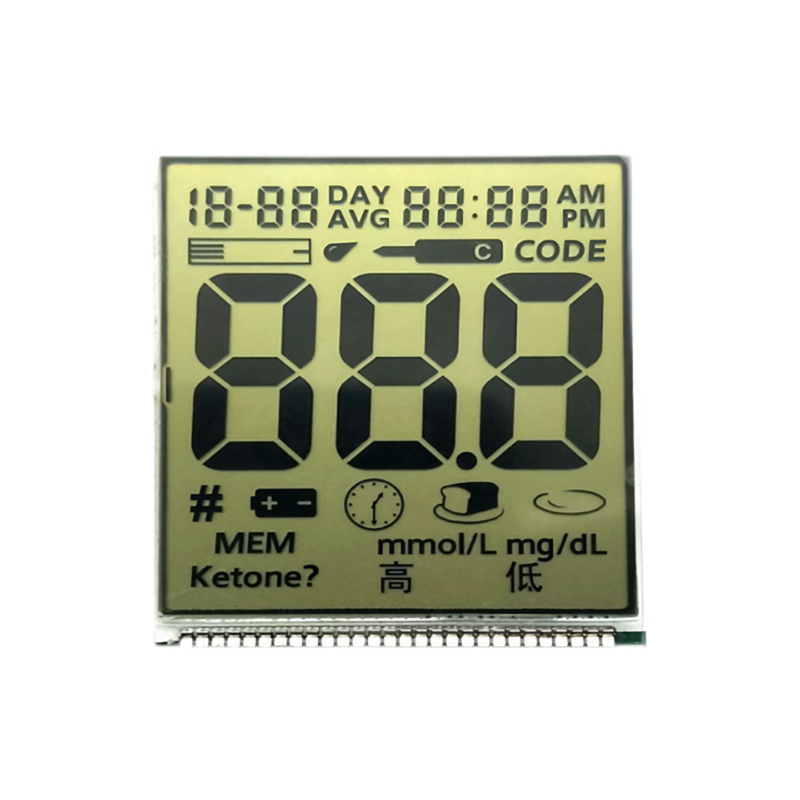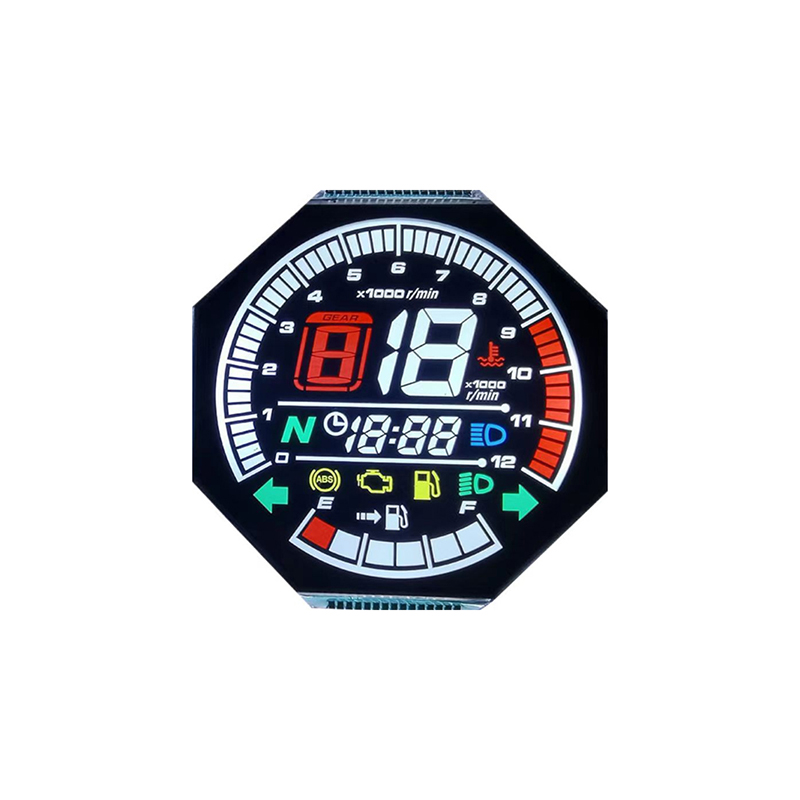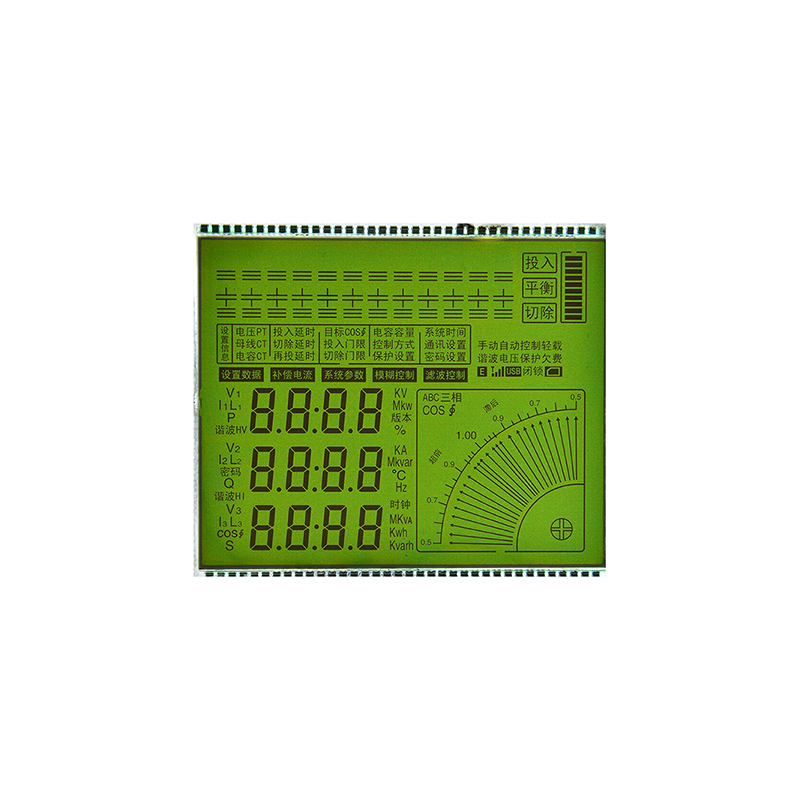
Best I2C LCD Displays: A Comprehensive GuideThis guide helps you choose the perfect I2C LCD display for your project, covering key features, specifications, and popular models. We'll explore different screen sizes, resolutions, backlights, and interfaces to assist you in making an informed decision. Learn about the advantages of I2C communication and how to seamlessly integrate these displays into your embedded systems.
Choosing the right I2C LCD display can be crucial for your project's success. This guide provides a detailed overview of various aspects to consider, from screen size and resolution to backlight type and interface options. We'll explore the benefits of using I2C for display communication and highlight popular models with their respective pros and cons. With this comprehensive resource, you can confidently select the ideal I2C LCD display to match your specific needs and enhance your project's functionality and user experience.
I2C (Inter-Integrated Circuit) is a widely used two-wire serial communication protocol for connecting low-speed peripheral devices to microcontrollers. Its simplicity and ease of implementation make it a popular choice for various applications, including connecting I2C LCD displays. I2C communication uses two lines, SDA (Serial Data) and SCL (Serial Clock), to transmit data between devices.
Using I2C for I2C LCD displays offers several advantages: fewer pins are required on the microcontroller compared to parallel interfaces, simplified wiring, and ease of integration with other I2C devices on the same bus. This makes it a cost-effective and efficient solution for many projects. It's particularly well-suited for embedded systems where minimizing the number of pins is crucial.
I2C LCD displays come in a wide range of sizes and resolutions. Common sizes include 16x2, 20x4, and even larger displays. Resolution refers to the number of pixels, affecting the clarity and detail of the displayed information. Higher resolutions allow for more intricate graphics and text.
The backlight type significantly impacts the display's visibility in different lighting conditions. Common types include LED backlights (with varying colors like white, blue, or green) and electroluminescent backlights. Consider the ambient light in your application's environment when making your selection. A higher brightness backlight is often preferred in direct sunlight.
While we are focusing on I2C LCD displays, it's important to check the specific interface supported (I2C is usually specified in the datasheet) and the required power supply voltage. Ensure compatibility with your microcontroller and power source.
The display's ability to handle different characters and fonts is important for displaying text. Some displays offer custom character support, allowing developers to create unique symbols for their projects. Check the datasheet for the available character set and font options.
The market offers a variety of I2C LCD displays. We can't list them all here, but you'll find many options from various suppliers. Always consult the datasheet to understand the specific features and specifications of the selected display before integration.
Selecting the best I2C LCD display requires careful consideration of your project's requirements. Factors like screen size, resolution, backlight type, and I2C interface compatibility are crucial. Always refer to the product datasheets for detailed specifications and ensure compatibility with your hardware and software.
For high-quality I2C LCD displays and other display solutions, consider exploring the offerings of Dalian Eastern Display Co., Ltd.. They offer a wide range of displays to suit various needs.
Choosing the appropriate I2C LCD display is crucial for the success of any embedded system project. By carefully evaluating the factors discussed in this guide, you can select a display that meets your specific requirements and enhances the user experience. Remember to consult datasheets and consider the supplier's reputation for reliable products and support.

